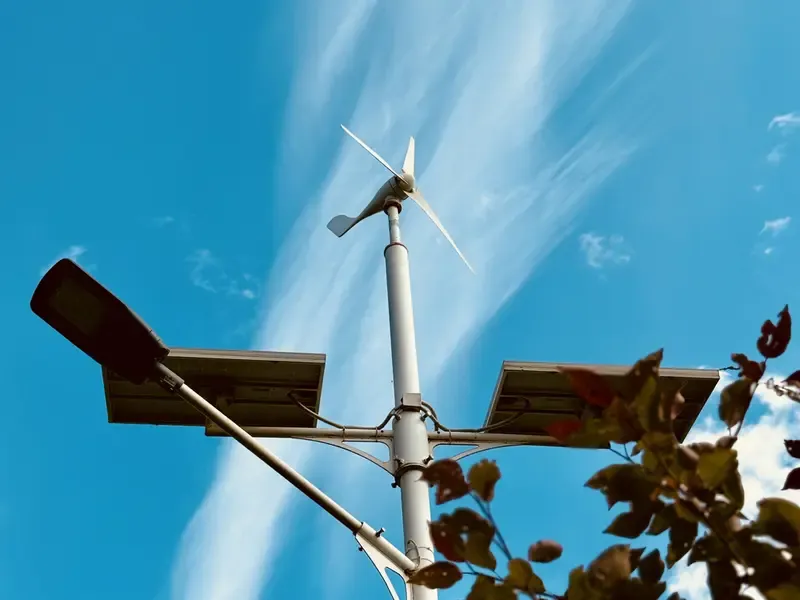2025-10-20
In the era of energy consciousness, investing in a hybrid power system—whether for a solar-plus-storage rooftop system or an independent micro-grid in the remotest part of the globe—is all about balancing technical, environmental, and cost factors. Have you ever asked yourself, "How do I put in a hybrid energy system to achieve maximum return and reliability?" You've come to learn. We'll walk you through system design, component selection, installation process and intelligent operation to optimize your system advantages.
A hybrid power system combines two or more sources—typically solar PV, battery and occasionally a generator or wind turbine—to ensure reliable, efficient supply of power. According to an overview, "Hybrid systems … often include a renewable energy component (e.g. PV) that is balanced through a second type of generation or storage such as a diesel genset, fuel cell or battery storage system."
Quick Definition

Checklist:
To achieve the optimum out of your hybrid energy setup, you should pay attention to:
Representative Performance Factors
| Parameter | Typical Target | Why it matters |
| Inverter maximum efficiency | ≥ 98% | Less energy wasted in DC→AC conversion |
| MPPT accuracy | ≥ 99% | Optimises solar collection during fluctuations |
| Battery Depth of Discharge | ≥ 80% | More useful energy stored per cycle |
| System lifetime | ≥ 20 years | Lower cost per kWh over project life |
A well-designed hybrid power system is not plug-and-play. You need to ensure the entire chain from PV panels to inverter to storage are compatible.
Design Essentials
Below is the typical sequence to install your hybrid energy system:
1.Site preparation: level floor, provide ventilation and comply with environmental ratings (e.g., enclosure with rating IP55 if external).
2.Mount PV array: rack panels, check orientation/tilt.
3.Install battery bank: install conditioned cabinet, check ventilation and clearances.
4.Install inverter/charger: synchronize system voltage and grid connection type.
5.Wire system: check DC positive/negative cables, AC output, grounding and surge protection.
6.Commissioning: test insulation resistance, check voltage levels, load simulation, safety sign-offs.
7.Integrate monitoring: connect system to a monitoring portal whereby you see output, battery condition and alerts in real time.
A common question is: Can a hybrid power system actually be "set-and-forget"? The short answer is: with smart monitoring, yes to a high extent.
Case Example
In Queensland's distributed solar project, a hybrid solar-battery system enabled monitoring of 50 roofs in real-time, reduced operating expenses by 30% in the first year.
Hybrid systems function optimally when storage is integrated. By coupling solar generation with batteries you are able to:
Industry reports show declining levelised cost of electricity for hybrid storage systems improves their business case.
Why use a hybrid system rather than a simple solar-only system?
Because relying on solar alone can expose you to dusk or shading. A hybrid system with a generator or backup storage offers reliability.
Do I require permits for hybrid systems?
Yes, you will likely need to meet grid-interconnection and building-code regulations. Be aware of regulations.
How long will my hybrid system last?
Properly maintained and designed, the majority of hybrid systems endure for more than 20 years, especially since batteries and inverters are now engineered to last.
Imagining the operation of a hybrid system in a remote location—like an island resort supported by PV + wind + battery—illustrates why hybrid energy systems are becoming worldwide phenomena. When you put scenario to design, optimize for performance and embrace smart operation, you can transform energy availability for commercial, industrial or off-grid applications.